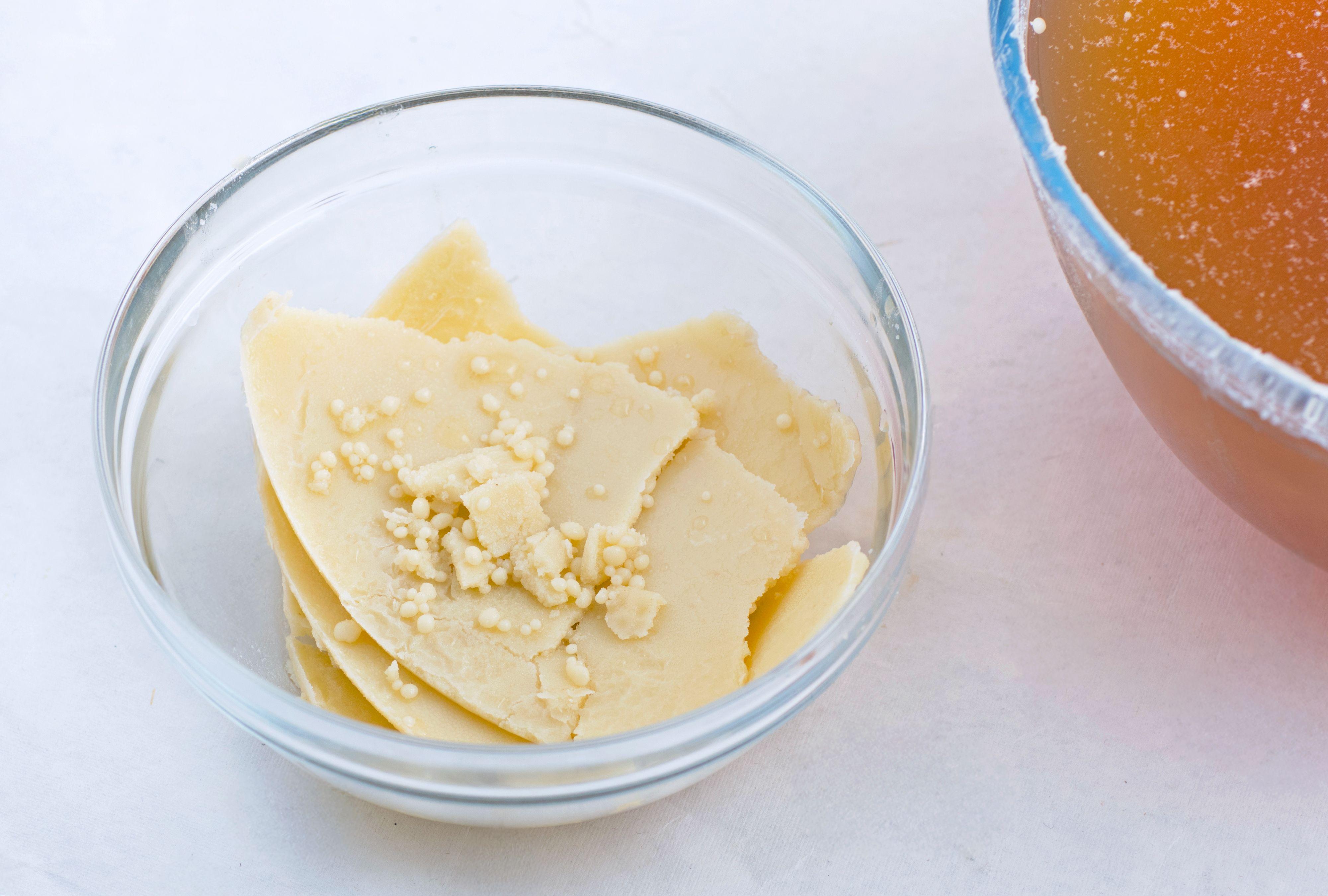You may have heard that some restaurants are using beef tallow in a big way. But, what is it and why? Beef tallow isn't new: It's made from the fatty tissue of beef and is sometimes called beef drippings. It has a high smoke point, making it good for frying, roasting and cooking at high heat levels.
In the early 19th century, beef tallow was a main form of fat used in cooking, and some cultures used it to preserve meat. (It was also used to make soaps and candles.) But as the food industry changed, beef tallow was replaced by vegetable oils. And as awareness of the link between animal fat and an increased risk of heart disease became more studied and understood, beef tallow fell out of favor due to its high saturated fat content.
Why Is It Back?
"Beef tallow is definitely having a moment and it’s a combination of factors," says Katie Morford, MS, RD. "First, there’s tremendous buzz around eating protein right now, and I’m seeing meat in particular being promoted as an ideal way to get more," says Morford. "Beef tallow seems like a natural extension of that."
There are also skeptics of seed oils (like canola and soybean) claiming that beef tallow is a less processed version of fat to use in cooking. "You also have folks in the anti-seed oil movement, pushing beef tallow as a supposedly healthier alternative," says Morford. But, that's debatable since research does show that a diet high in saturated fat from animal products contributes to inflammation in the body and an increased risk of heart disease and dementia.
Related
Greg Scheidemann
How and Where Beef Tallow Is Being Used
Thanks to its high smoke point and ability to give foods an extra crispiness, beef tallow is being used by restaurants in fried dishes—French fries, fried chicken, sometimes even to roast vegetables, or sear steaks. It's widely available—you can find it at mainstream retailers like Target, Amazon and Walmart—so home cooks are using it in dishes as well as for baking (think crispy pie crusts and flaky biscuits).
The American Heart Association recommends limiting your daily saturated fat intake to less than 6% of your calories.
But Is It a Healthier Alternative?
Not really, say health experts. "There are indeed nutrients in beef tallow, notably vitamins D and E as well as choline," says Morford. "The problem is you’d have to eat a large amount to make a meaningful dent in your daily requirements." And, at 115 calories per tablespoon, eating beef tallow is hardly the best way to get in those nutrients. It's also touted for its conjugated linoleic acid, (particularly grassfed beef tallow), which may have some health benefits; although further studies are needed.
That being said, there’s no getting around the fact that beef tallow is high in saturated fat, which most data shows to have a negative impact on your heart and brain health.
Morford's take: If you occasionally eat at a restaurant where they cook with beef tallow, I wouldn’t sweat it. But I wouldn’t stock beef tallow in my pantry. There are much healthier fats you can use in everyday cooking—such as avocado oil for very high heat and extra-virgin olive oil for most everything else. These oils are also a rich source of the "good fats;" mono- and polyunsaturated fats, both of which help decrease inflammation and improve cholesterol.



